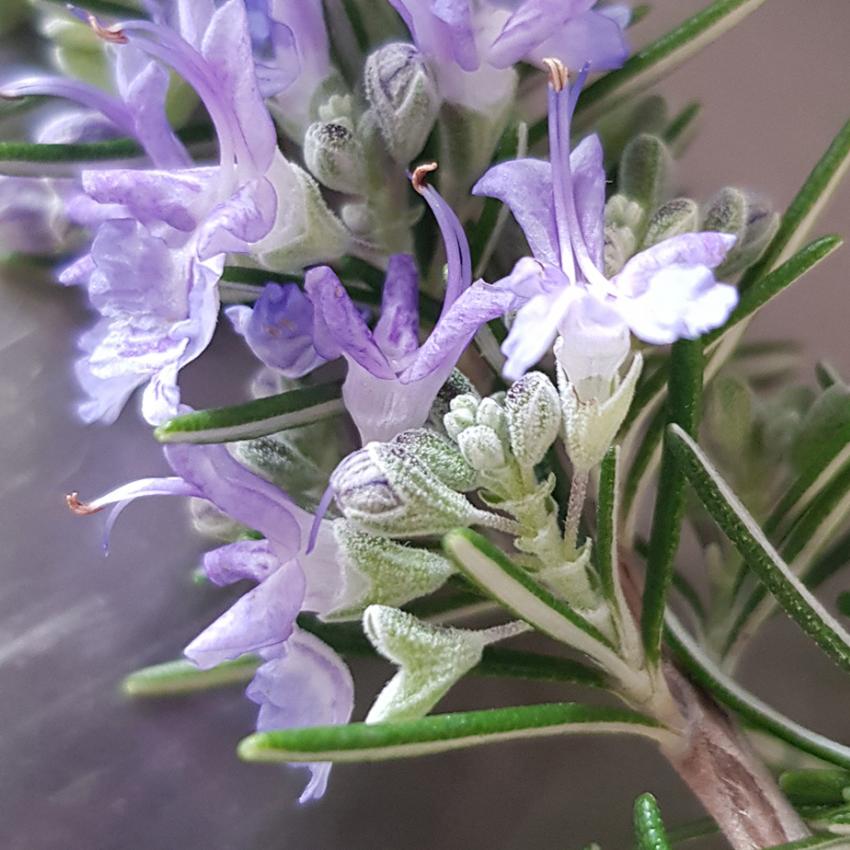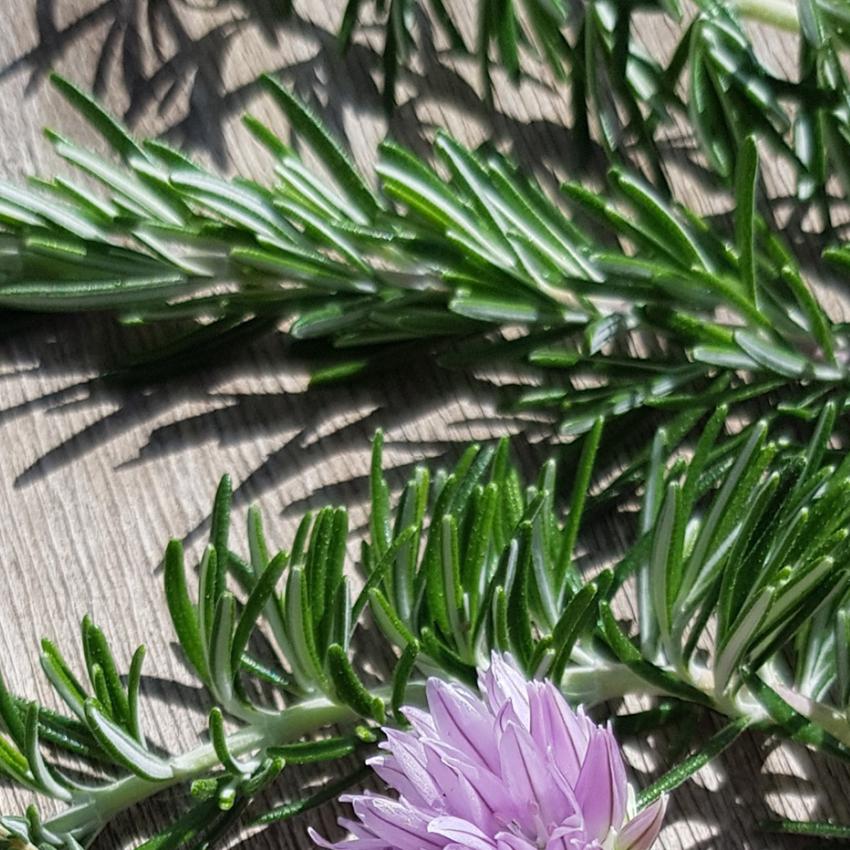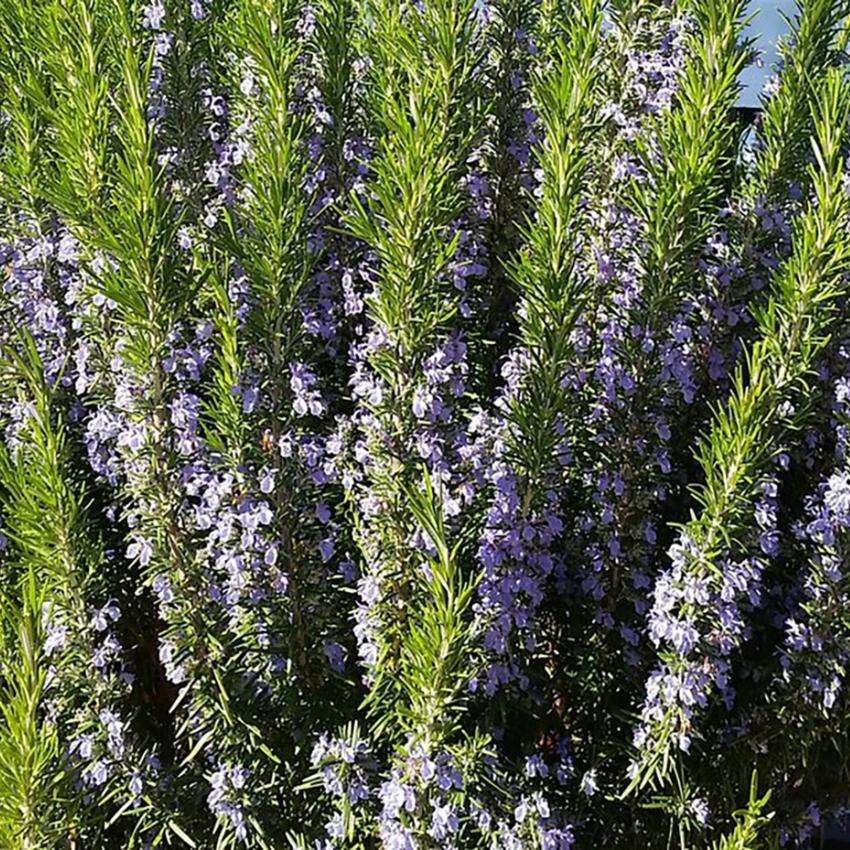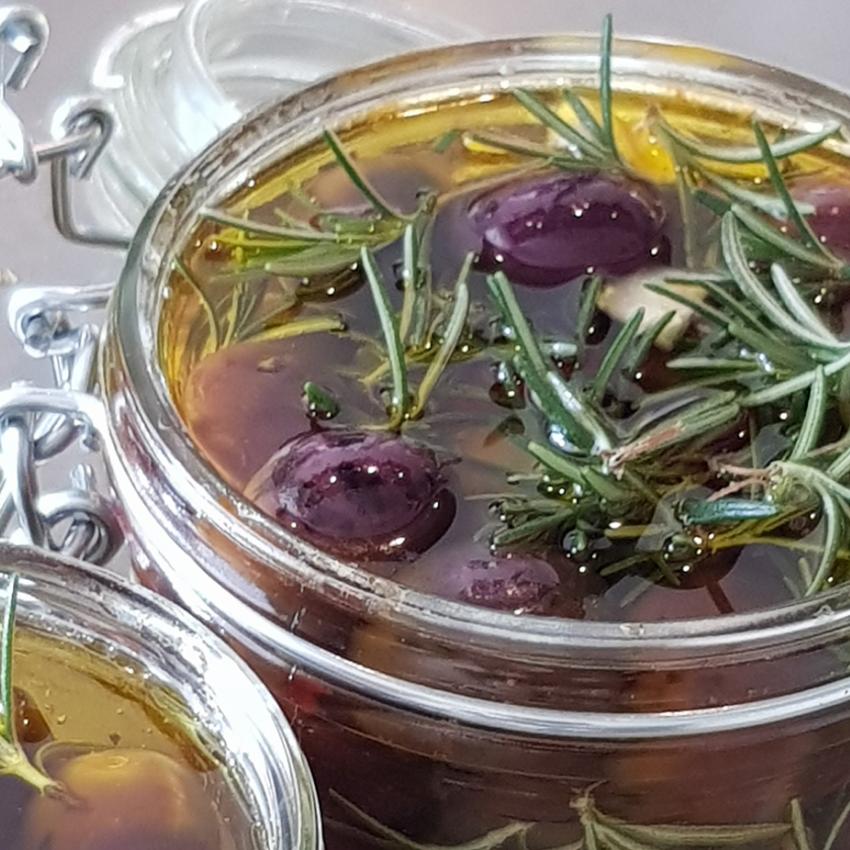



Rosemary
Salvia rosmarinus (Rosmarinus officinalis)
Rosemary is a woody, perennial herb with fragrant, evergreen, needle-like leaves and white, pink, purple, or blue flowers, native to the Mediterranean region.
It is a member of the mint family Lamiaceae, which includes many other herbs. The name "rosemary" derives from Latin “ros marinus” (dew of the sea). The plant is also sometimes called anthos, from the ancient Greek word “ἄνθος” meaning flower.
The first mention of rosemary is found on cuneiform stone tablets from 5000 BC. Egyptians used it in their burial rituals. Pedanius Dioscorides (c. 40 to c. 90), a Greek botanist, talked about rosemary in his most famous writing, ‘De Materia Medica’, one of the most influential herbal books in history. Rosemary wasn’t properly naturalised in England until 1338, when cuttings were sent by The Countess of Hainault (Jeanne of Valois) to Queen Phillippa, wife of Edward III. It included a letter describing its virtues. The original manuscript can be found in the British Museum. After the gift was planted in the garden of the old palace of Westminster, rosemary is found in most English herbal texts, and is widely used for medicinal and culinary purposes. Rosemary arrived in the Americas with the early settlers in the beginning of the 17th century.
Upon cultivation, the leaves, twigs, and flowering apices are extracted for use. Rosemary is used as a decorative plant in gardens where it may have pest control effects. Rosemary leaves are used as a flavoring in foods, such as stuffing, roast lamb, pork, chicken, and turkey. Fresh or dried leaves are used in traditional Mediterranean cuisine. They have a bitter, astringent taste and a characteristic aroma which complements many cooked foods. Herbal tea can be made from the leaves. When roasted with meats or vegetables, the leaves impart a mustard-like aroma with an additional fragrance of charred wood that goes well with barbecued foods.

Find the plant...
